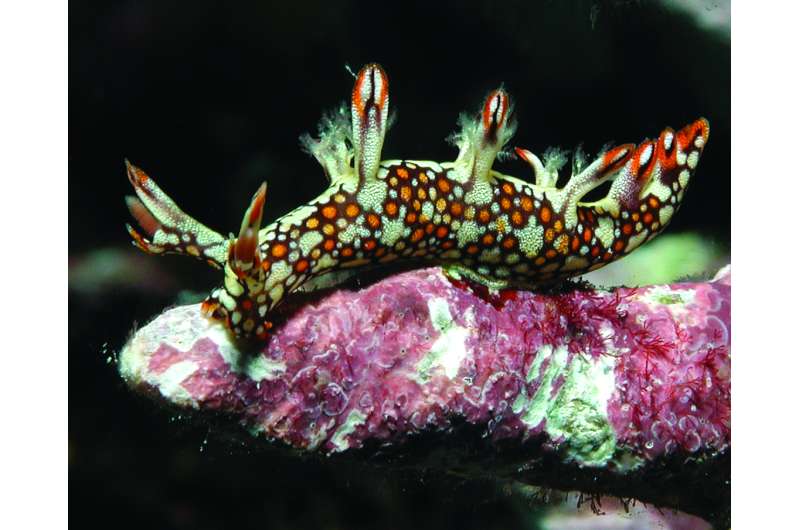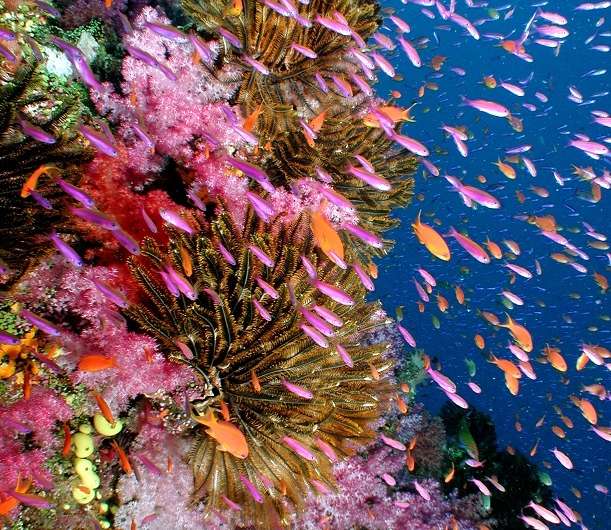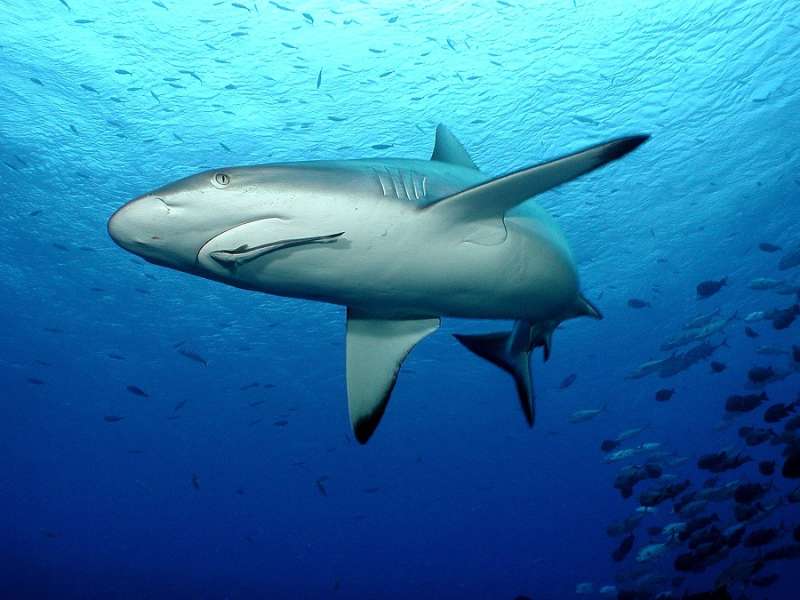Fiji's commitment to marine managed areas

The Government of Fiji has made a commitment to gazette two large Marine Managed Areas (MMAs) within Fiji's Vatu-i-Ra Seascape—a highly diverse and productive area vital to both people and wildlife alike.
During his address at the United Nations Ocean Conference in New York City, Fiji's Minister for the Ministry of Fisheries, Mr. Semi Koroilavesau announced that Fiji is committed to scaling up MMAs in Fiji, including the Vatu-i-Ra Seascape. The Ministry is working to designate the Bligh Waters and Central Viti MMAs, spanning an area of 13,650 square kilometers.
The move will help protect a host of wildlife species that use the ecologically unique and bountiful Vatu-i-Ra Seascape. This includes migratory humpback whales that migrate from Antarctica to the area to breed, colorful vibrant corals, sharks, rays, more than 200 fish species and regionally significant seabird populations. A second commitment on protecting marine mammals in Fiji reinforces the commitment to gazette the Bligh Waters and Central Viti MMAs to, protect and sustainably manage known humpback whale migration, breeding and calving areas.
"The area boasts a remarkably biodiverse array of species, both permanent and transient," said Dr. Sangeeta Mangubhai, Director of the Wildlife Conservation Society's Fiji Country Program. "The seascape provides for the plants and animals, and the plants and animals provide for the people in the form of food, livelihoods, coastal protection and reduction of climate change impacts."

Among some of the other benefits provided by Vatu-i-Ra Seascape are annual tourism dollars US $22.8M and fisheries valued at US 11.6 M. There are seamounts of cultural importance, and breeding grounds for sharks, rays, turtles and a range of coral reef and pelagic fish species.
However, unsustainable harvesting of fish, an increasing human population, growing demand for goods, and market access has led to increased pressure on the area's natural resources. Unless overfishing and land-based impacts is addressed, the seascape is projected to rise to a medium to high threat level by 2030, according to the global assessment "Reefs at Risk" by the World Resources Institute.
The Bligh Waters and Central Viti MMAs will contribute to an ecological network of MMAs in Fiji aimed at restoring and preserving the health, productivity, and diversity of Fiji's coastal and marine systems.

Said Dr. Mangubhai, "With our community partners and the government of Fiji, we celebrate this special announcement. It is critical that we decrease the pressure we are putting on our ocean, and create a sustainable balance."
"The Bligh Waters and Central Viti MMAs will be the first for Fiji's archipelagic waters and will contribute an additional 1.2 percent to Fiji's international commitments under the Convention on Biological Diversity, "said the Honorable Mr Semi Koroilavesau, Minister for Fisheries. "The MMAs showcase Fiji's drive to attain key achievements on protected areas and efforts towards Sustainable Development Goal 14 to Conserve and Sustainably Use the Oceans, Seas and Marine Resources for Sustainable Development. "This is our home-our health, wealth and wellbeing is intricately connected to the health of our ocean."
Provided by Wildlife Conservation Society





















